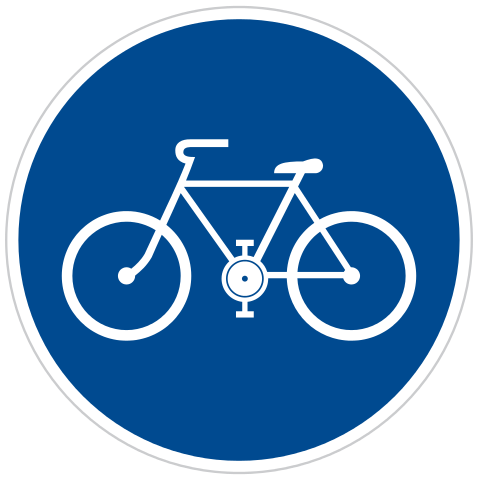

In the day and age of streaming sercices like Spotify, record labels/companies like Sony Music etc should not exist IMO.
Back when people purchased their music from brick and mortar stores on vinyls, cassettes, and CDs, they had a place to facilitate a relationship with distributors etc to get your music on the shelves, handle marketing and a bunch of other stuff. Nowadays, this all can be done digitally, independently.
Edit: clarify record label





















It was purchased by Epic Games a year ago, who recently sold it to Songtradr, a licensing platform for background/‘mood’ music. Songtradr only retained 50% of existing Bandcamp staff (the rest were laid off a few weeks after the sale AFAICT, with the worst affected departments including Bandcamp’s editorial team and customer support. Epic Games handled the severance package, for some reason.)
People are pretty upset about the editorial team being laid off because it provided exposure for smaller/niche artists in a weekly publication. I’ve never checked it out personally checked it out because I never knew it existed - wishing I had now
Such a large layoff so quickly by the new owner feels like a sign of darker times ahead for Bandcamp IMO, seeing that it’s apparently been profitable since 2012 (Wayback link, new owners have nuked this from the site?). No need to milk the cow even more when the bucket is full…